
Pest Identification & Prevention
We unite suppliers and green industry professionals worldwide
The Balloon Flower (Platycodon grandiflorus) is an easily grown perennial that presents its balloon-like buds, which erupt into 5 petaled star shaped flowers
By Victor Miller
|Published on June 08, 2025


“Did you know Balloon Flowers get their name from the way their buds puff up like little balloons before bursting open into starry blooms?”
The Balloon Flower (Platycodon grandiflorus) is an easily grown perennial that presents its balloon-like buds, which erupt into 5 petaled star shaped flowers. This plant is native to East Asia and has been cultivated for hundreds of years as both a garden and traditional medicinal plant. In the garden, it offers a whimsical show before providing long-lasting color, usually in blue, pink or white.
Despite its delicate appearance, Balloon Flower is quite hardy and low-maintenance. It grows well in sunny beds, borders or containers, reliably comes back year after year with lush green foliage and showy flowers. Its name and transformation are a joy to observe, making it a favorite among gardeners who enjoy plants with personality.
| Botanical Name | Platycodon grandiflorus |
| Common Name | Balloon Flower |
| Type | Herbaceous perennial |
| Height | 12–24 inches |
| Light needs | Full sun to partial shade |
| Soil needs | Well draining, loamy soil |
| Water needs | Moderate, has preference for consistent moisture |
| Hardiness Zones | 3–8 (USDA) |
| Time to bloom | Summer (June to August) |

September 17, 2025
9 minute read
September 17, 2025
20 minute read
September 17, 2025
20 minute read
September 16, 2025
11 minute read


Join as a seller and connect with thousands of B2B buyers nationwide!
Sign Up
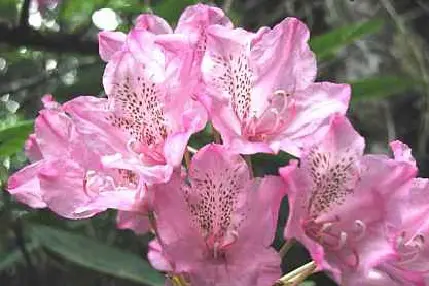
Pacific Rhododendron
The Pacific Rhododendron is the demonstration of natural beauty.This large-leaved rhododendron offers striking pink to rosy-purple blooms that light up shady corners of the landscape each spring.
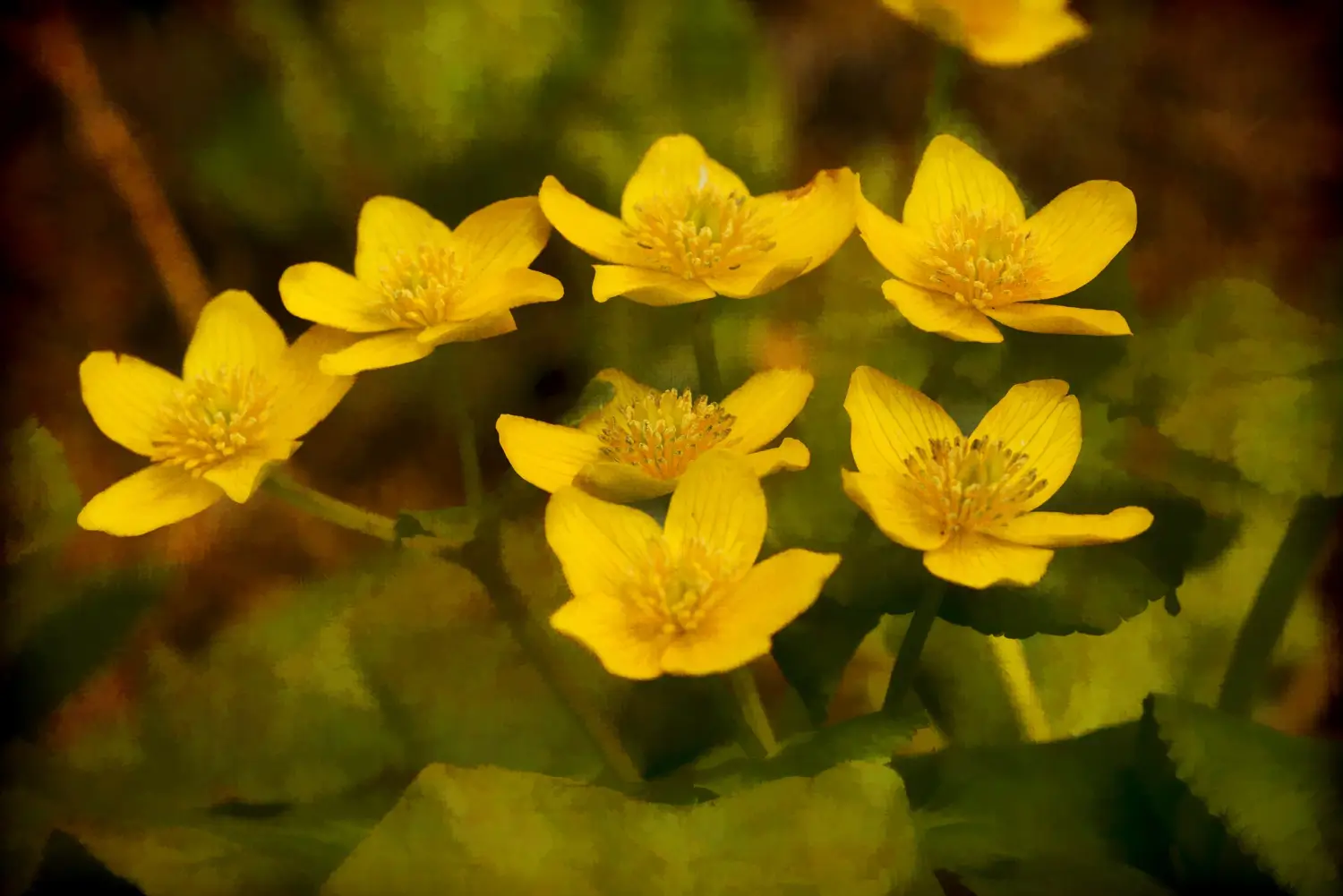
Sagebrush Buttercup
That’s the quiet beauty of the Sagebrush Buttercup (Ranunculus glaberrimus). As delicate as it looks, this little perennial is tough, adapted to the rugged rhythms of high desert life.
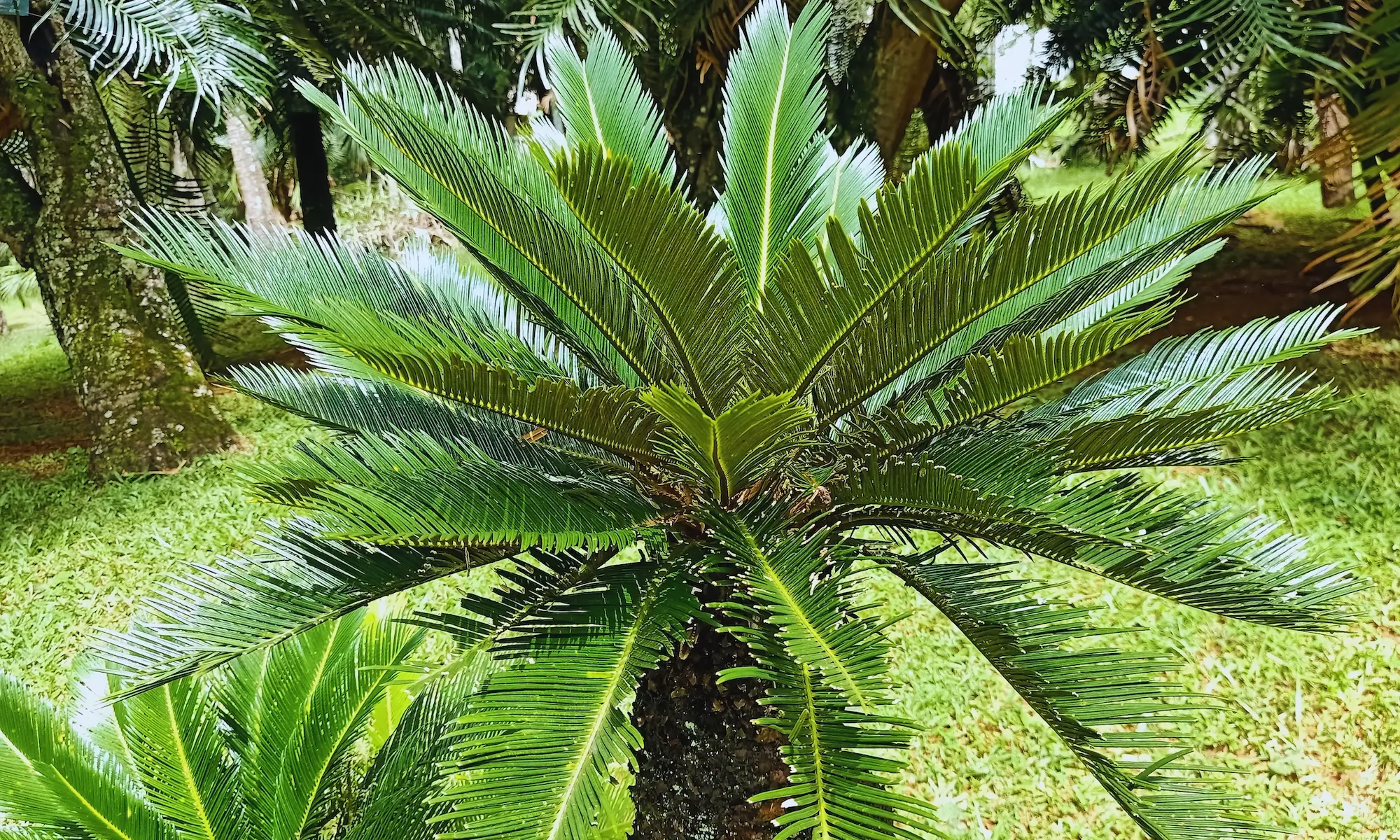
Sago Palm
Meet the Sago Palm — a prehistoric wonder that adds dramatic, architectural interest to any space
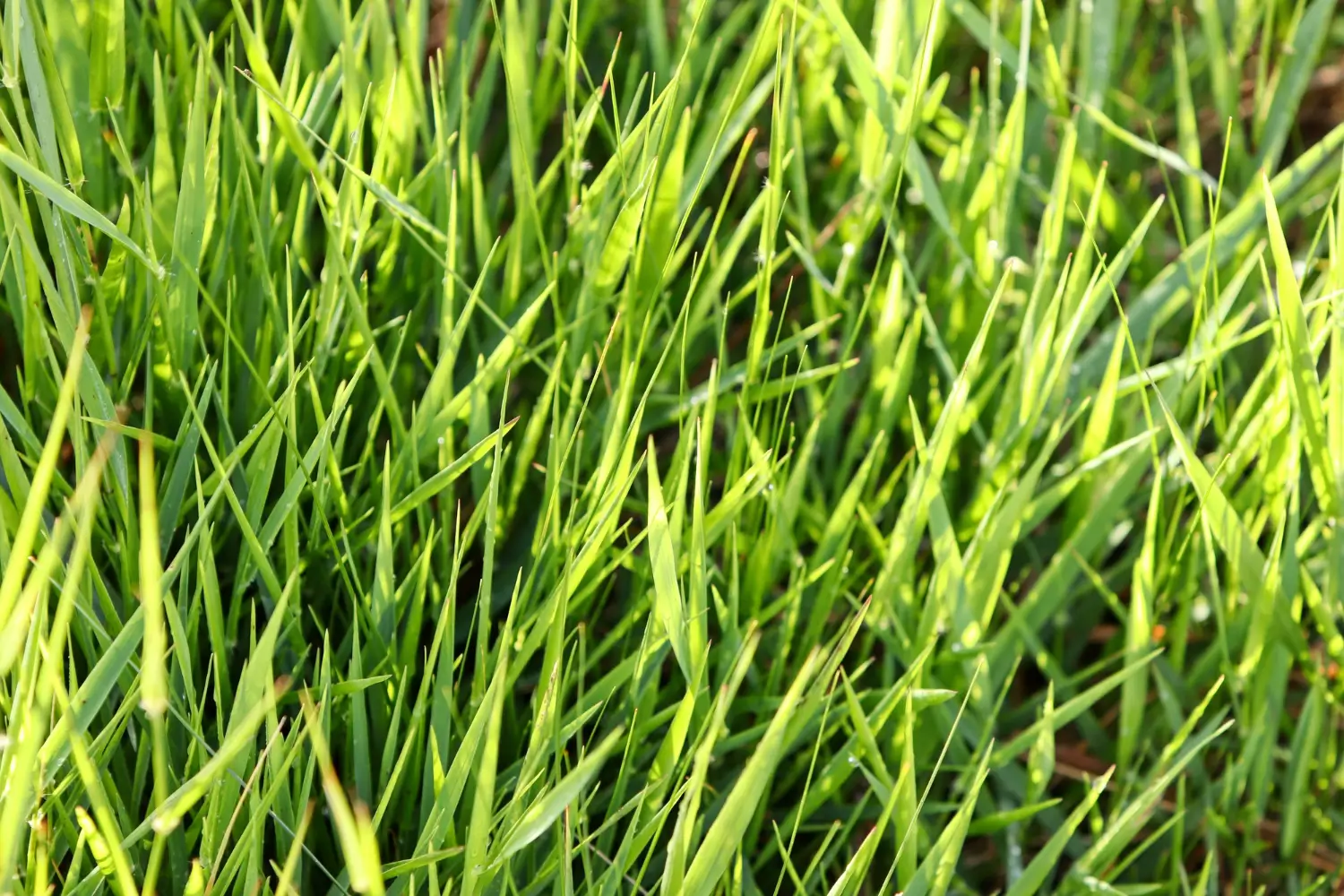
Tall Fescue Grass
If you're in search of a tough grass that remains green for longer and possesses better heat tolerance than any other cool-season variety, then Tall Fescue Grass could be the perfect solution for your lawn.
Growing Balloon Flower plants is easy. Plant it in spring or fall in a place with good light and drainage. While it starts slow in spring, it quickly becomes upright and puts out summer bloom. It rarely needs staking, thanks to its strong stems, and resists most pests and diseases. Remove dead stems after flowering to encourage new growth or a second flush of flowers.
One note of caution: Balloon Flower does not like to be disturbed. It has a thick taproot that resents transplanting, so choose your planting site wisely. Once established, it will come back year after year with little to no care.
Balloon Flower does best in full sun, where it will bloom most profusely. It can also handle partial shade, particularly in warmer regions, although it may produce slightly less flowers. For their healthiest growth and their loveliest blooms, aim for a minimum of 5-6 hours of direct sun each day.
Balloon Flowers appreciate well-draining soil. They like a rich, loamy mix, but will grow in most soils if water does not stand around the roots. Slightly acidic to neutral pH is ideal. Do not use heavy clay or very sandy soil without adding compost or organic matter to assist in improving structure and moisture retention.
Balloon Flowers prefer even moisture and regular watering, particularly during their first growing season. Allow the top inch of soil to dry out between waterings; then water deeply. More mature plants are better able to handle a drought, but do well with consistent moisture during periods of high heat and low rainfall. Avoid soggy conditions to prevent root rot.
Keeping Balloon Flowers neat and blooming longer is easy:
Balloon Flower is most easily grown from seed or division:
Balloon Flower does well in container gardens with proper preparation.
Container plants may need winter protection in colder zones or be brought into a garage or cold frame.
In zones 3–8, Balloon Flowers are hardy and overwinter in the ground without fuss. After the first freeze, let the foliage die back naturally and then cut it to the base. Mulch lightly if you are in a cold area, in order to keep its roots warmer.
In pots, reduce watering and store containers in a sheltered area to protect from freeze-thaw cycles. Resume usual care in the spring when new shoots appear.
Balloon Flowers bloom from June through August with whimsical, puffy buds that suddenly burst into starry flowers. Each flower remains for several days and deadheading can prolong the show. Blue is the most common color, but white and pink varieties are also available. Upright in growth habit and with strong stems, they are great in cutting gardens and give a whimsical note into perennial borders.
Balloon Flowers are easygoing but occasionally run into problems:
The Balloon Flower combines charm, color, and quirk in a garden-friendly package. From its adorable puffed-up buds to its starry blooms, it brings a hint of whimsy to beds, borders and containers. Once established, it’s a low-maintenance perennial that comes back year after year. If you’re a fan of memorable plants and long-lasting blossoms, this Balloon is one you’ll never want to pop.
Thanks to its one-of-a-kind flower buds! They inflate like balloons before opening into star-shaped blooms - a delightful garden surprise.
They love outdoors but can be grown indoors with plenty of light and a dormant winter rest.
Yes — it’s a perennial that comes back year after year, and it usually blooms even more.
Yes,deer tend to avoid Balloon Flower due to its sap and texture.
It’s possible, but avoid disturbing mature plants. Balloon Flower has a thick taproot that doesn’t like being moved.

Pest Identification & Prevention
Victor Miller

Soil Health & Fertilization
Gina Lazaarus
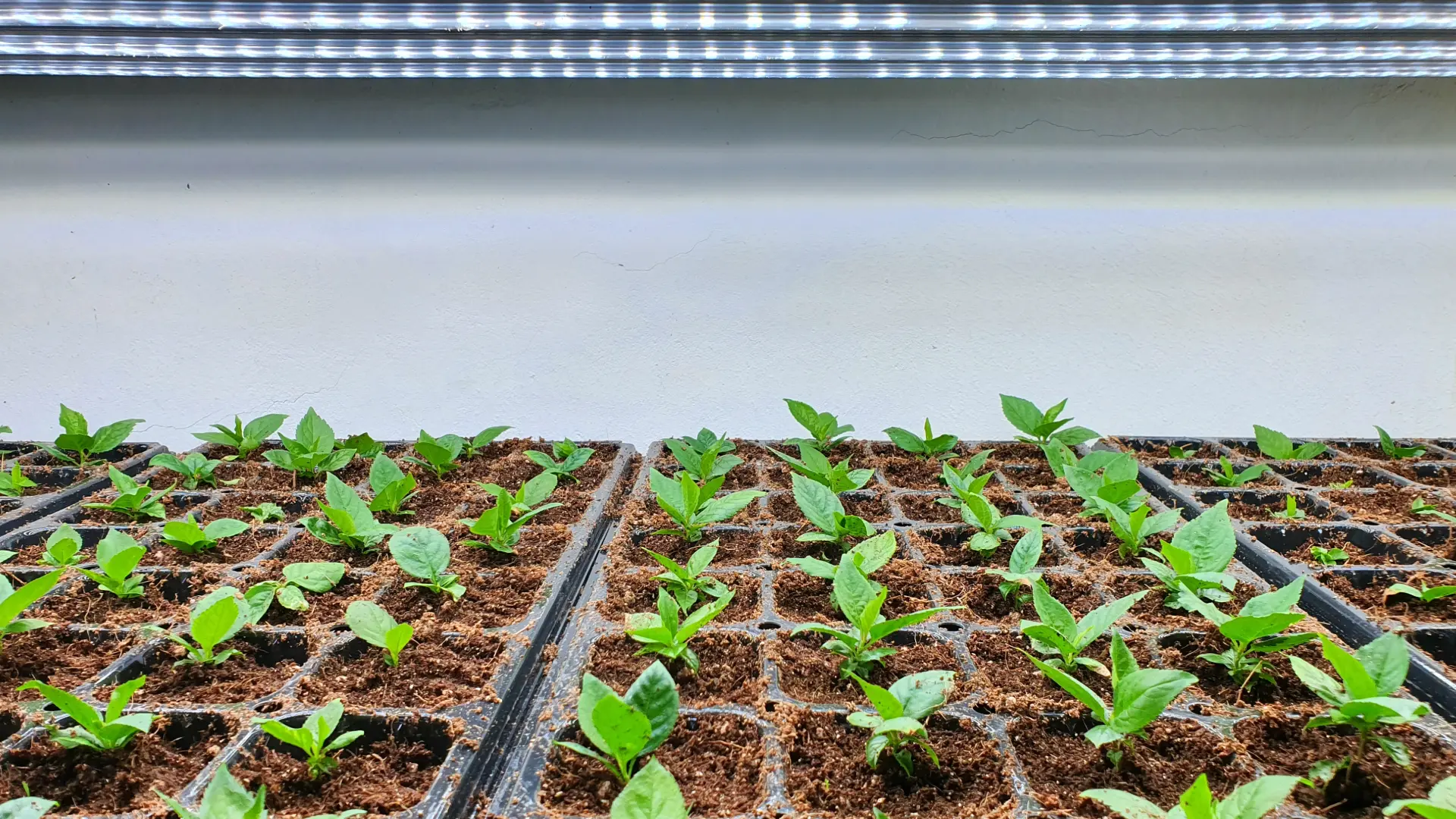
Lighting & Technique
Gina Lazaarus
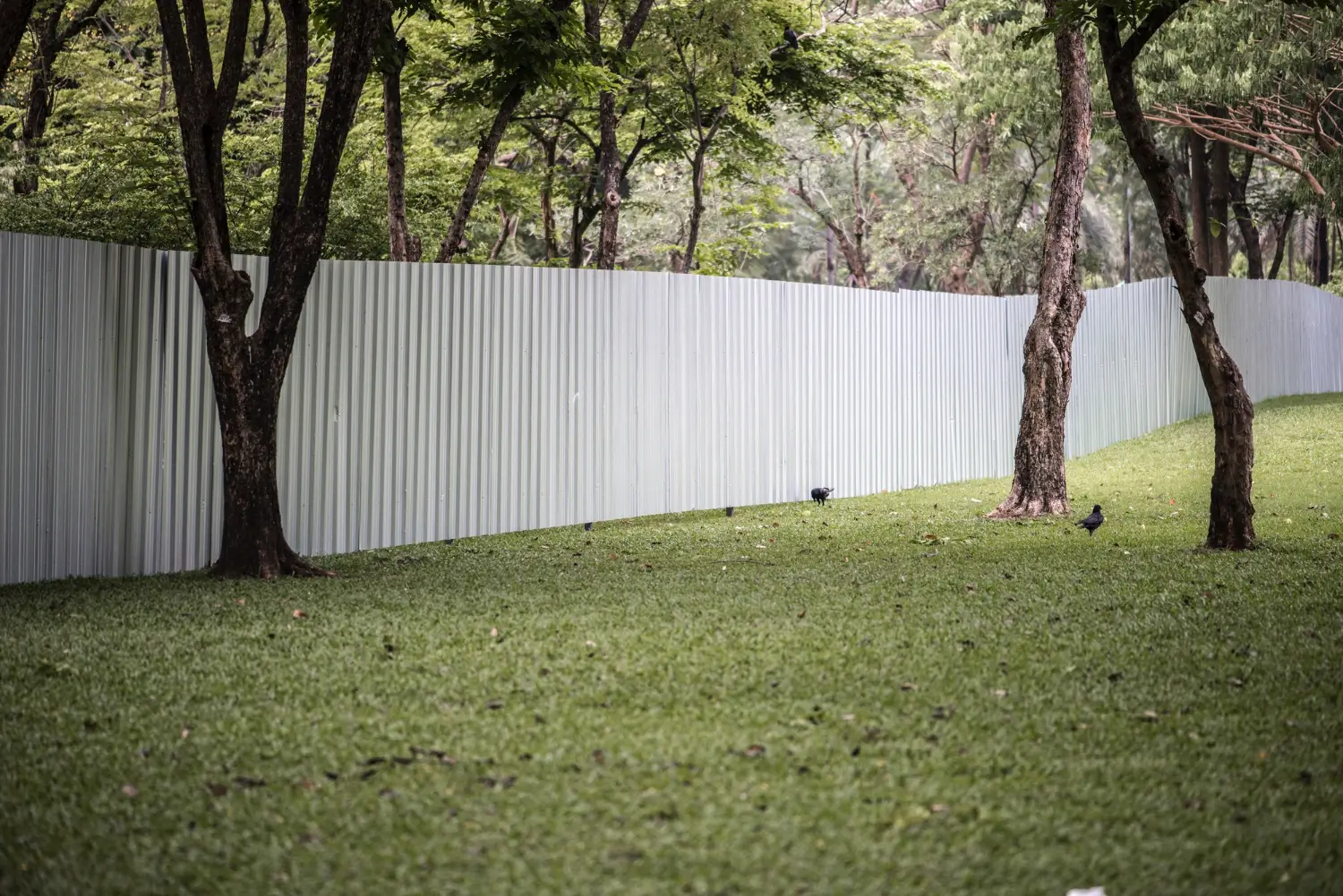
Construction Tips & Techniques
Victor Miller

Maintenance & Equipment Tips
Victor Miller

Soil Health & Fertilization
Victor Miller

Organic Gardening
Gina Lazaarus

Greenhouse Growing
Gina Lazaarus
My Account
Our team is always here to help.
We are open Monday - Friday, 9:00 AM to 4:30 PM PST.